Grand entrance.
Every time I think I’ve said enough on this subject something else turns up. I’ve linked before to the Brooklyn Museum’s tinted photographs of the Paris Exposition Universelle of 1900 but these photochom prints at the Library of Congress are so sharp, detailed and subtly hued they make all other views seem crude in comparison. If you’ve seen earlier views of the exposition buildings then everything here is very familiar, albeit more lifelike than anything you’ll find elsewhere. In addition to the greater veracity, the Library of Congress also makes many of its pictures available as high-quality files. These prints and the few minutes of film footage is the closest you’ll get to this event without a time machine.
Champs de Mars.
Le Chateau d’eau and plaza.
The Palais Lumineux.
Avenue Nicholas II, looking towards the Dome of the Invalides.
Avenue Nicholas II, from the two Palaces.
The Pavilions of the Nations, II.
The Pavilions of the Nations, III.
Ancient Paris and perspective of the bridges, showing Army and Navy buildings.
Ancient Paris.
Previously on { feuilleton }
• Albert Robida’s Vieux Paris
• The Lumière Brothers at the Exposition Universelle
• Le Grand Globe Céleste, 1900
• Tony Grubhofer’s Exposition Universelle sketches
• The Cambodian Pavilion, Paris, 1900
• Le Manoir a l’Envers
• Suchard at the Exposition Universelle
• Esquisses Décoratives by René Binet
• Le Palais de l’Optique, 1900
• Exposition Universelle films
• Exposition jewellery
• Exposition Universelle catalogue
• Exposition Universelle publications
• Exposition cornucopia
• Return to the Exposition Universelle
• The Palais Lumineux
• Louis Bonnier’s exposition dreams
• Exposition Universelle, 1900

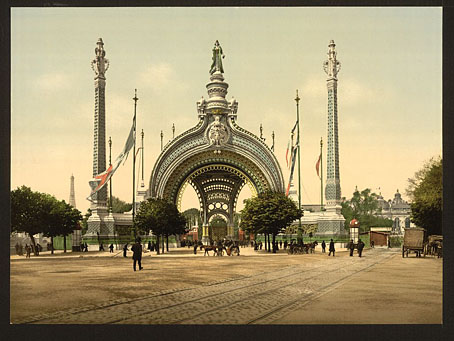
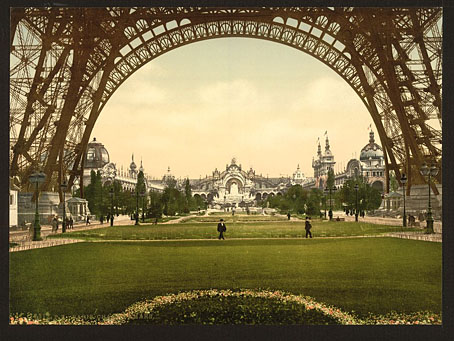
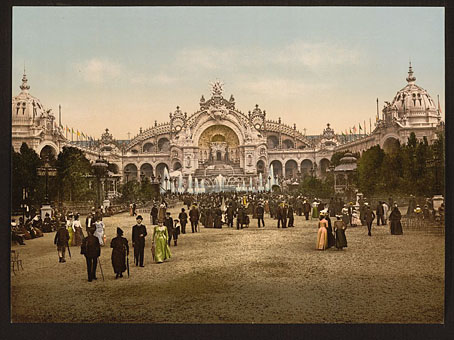
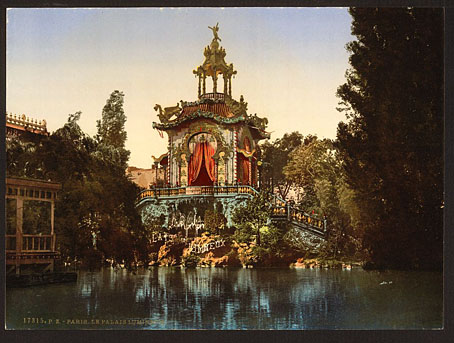
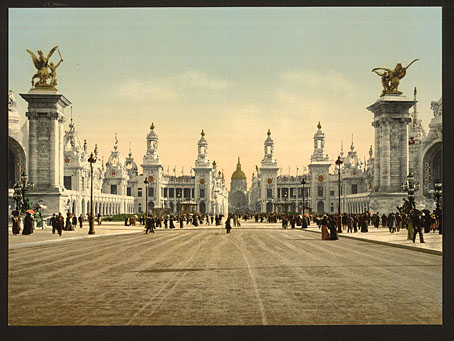
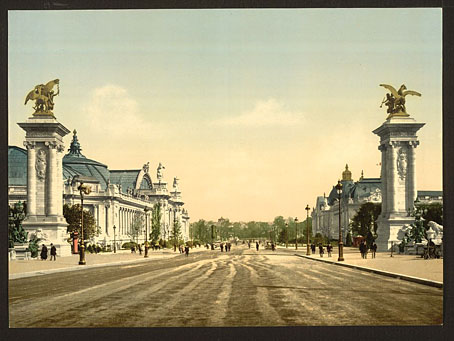
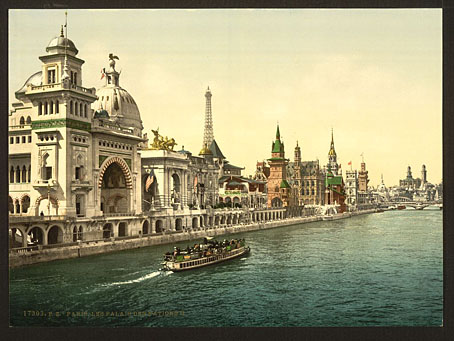
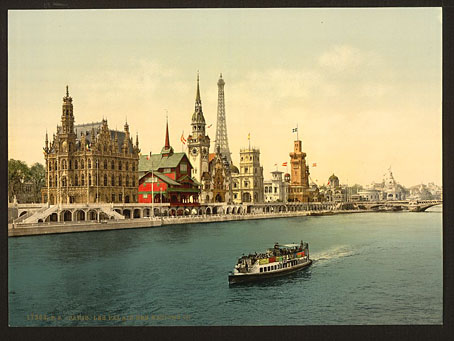
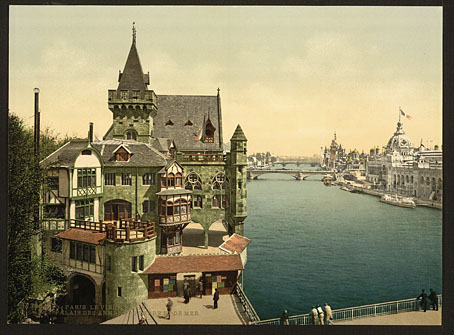
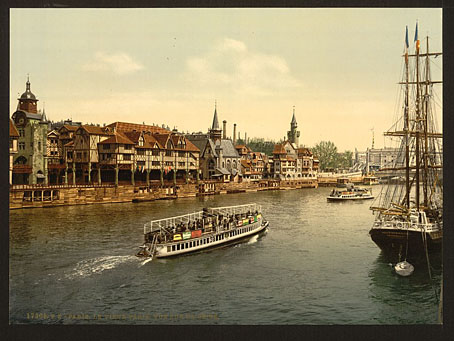
“Le Palais Lumineux Ponsin” reminds me the Project for a Chinese Pavilion by Michel-Barthélemy Hazon (1722-1822).
http://fr.wikipedia.org/wiki/Fichier:Hazon_-_Projet_pour_un_pavillon_chinois.jpg
Maybe Ponsin was inspired by that. It is a pity a great part of these buildings were destroyed after the Exposition.
Hi Andrea. Yes, both those buildings are in the faux-Chinese style which was a lot more popular in the 18th century.
Unusually for an exposition not everything was destroyed afterwards. The new bridge was permanent, of course, and the Grand and Petit Palais still stand and are in use as exhibition spaces. I visited a show in the Grand Palais a few years ago:
http://www.johncoulthart.com/feuilleton/2006/08/01/paris-iii-le-grande-repertoire-machines-de-spectacle/
The Grand Entrance — that was truly the Golden Age of Radiolarian architecture.
Indeed. The 20th century could have followed Haeckel as an inspiration instead of giving us endless variations on the shoebox.